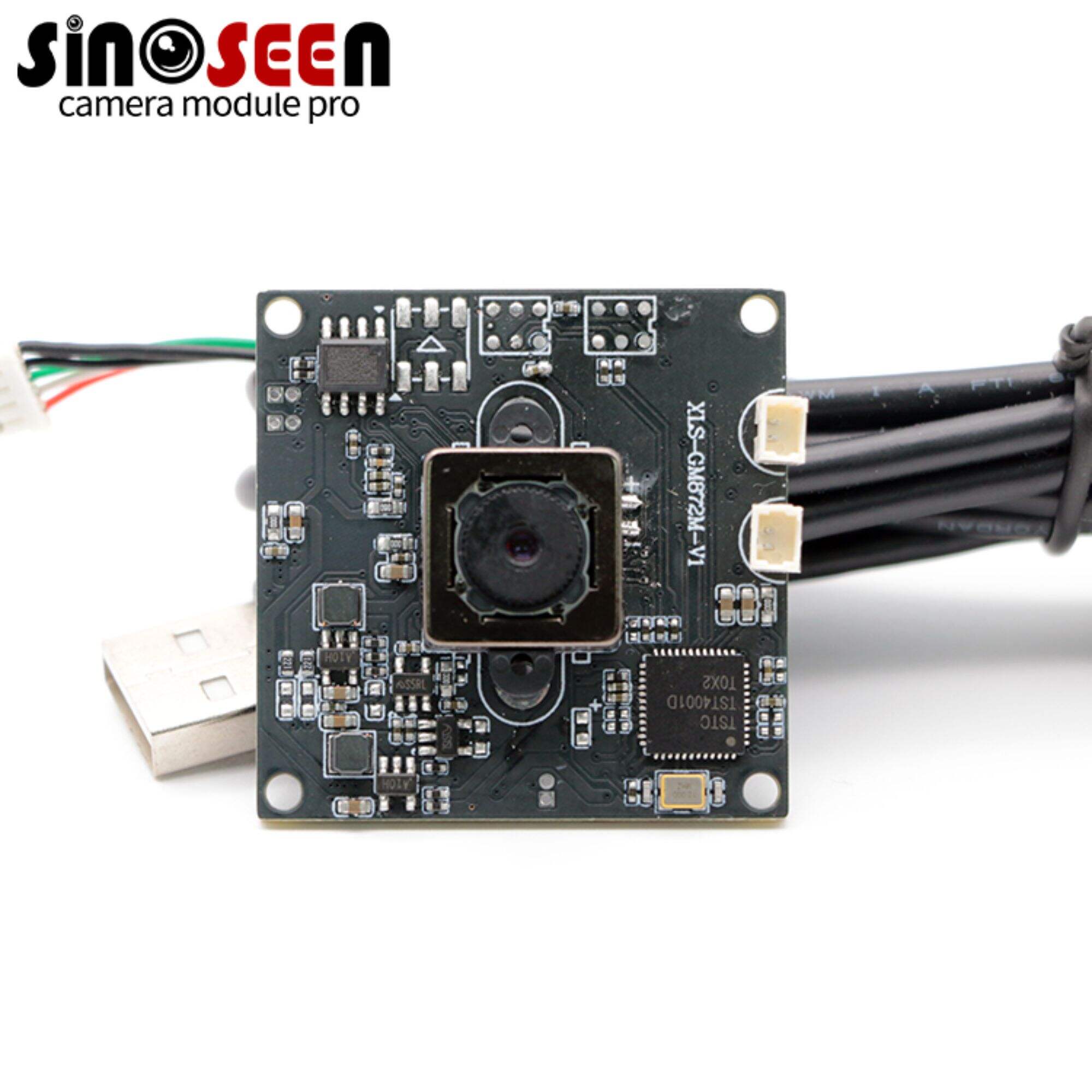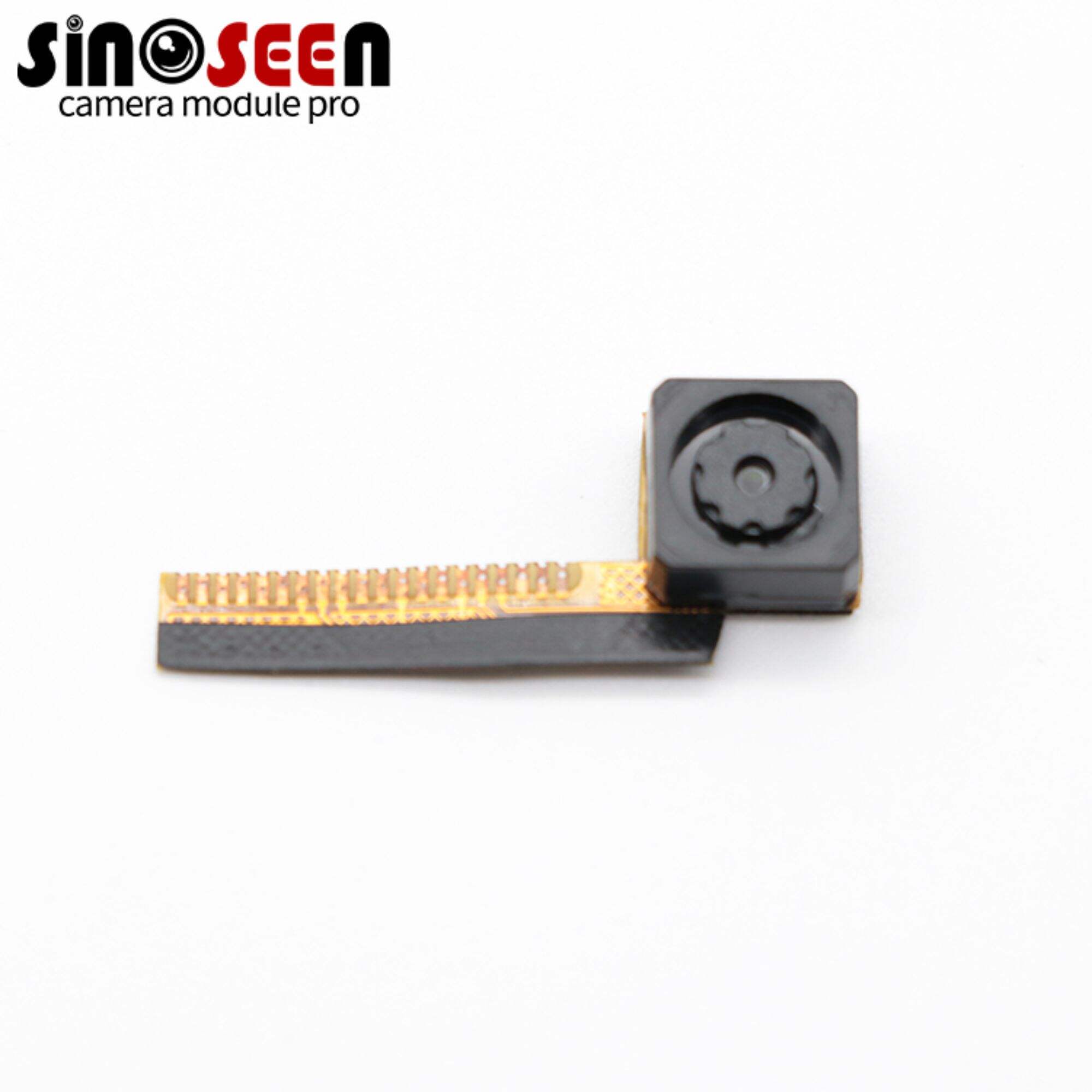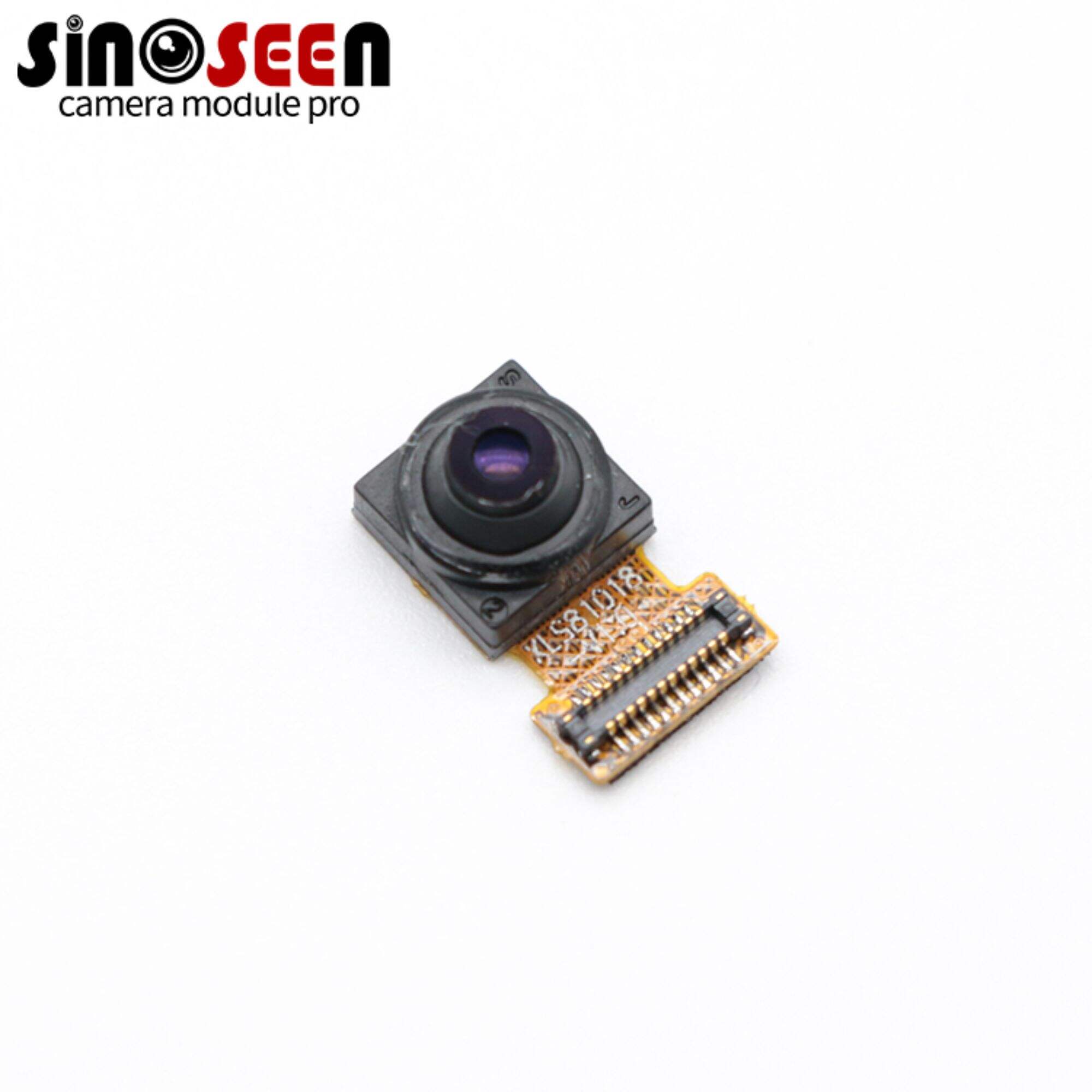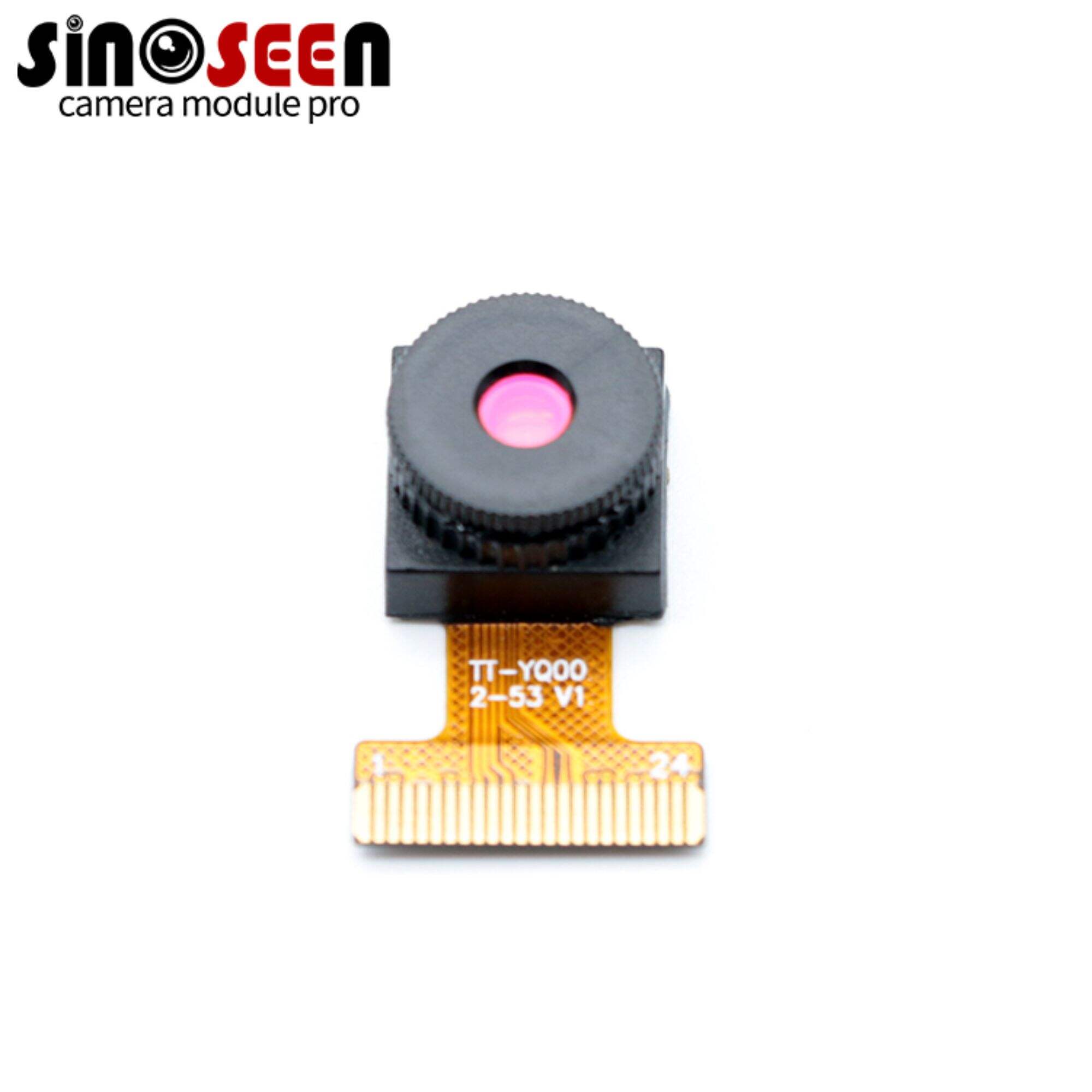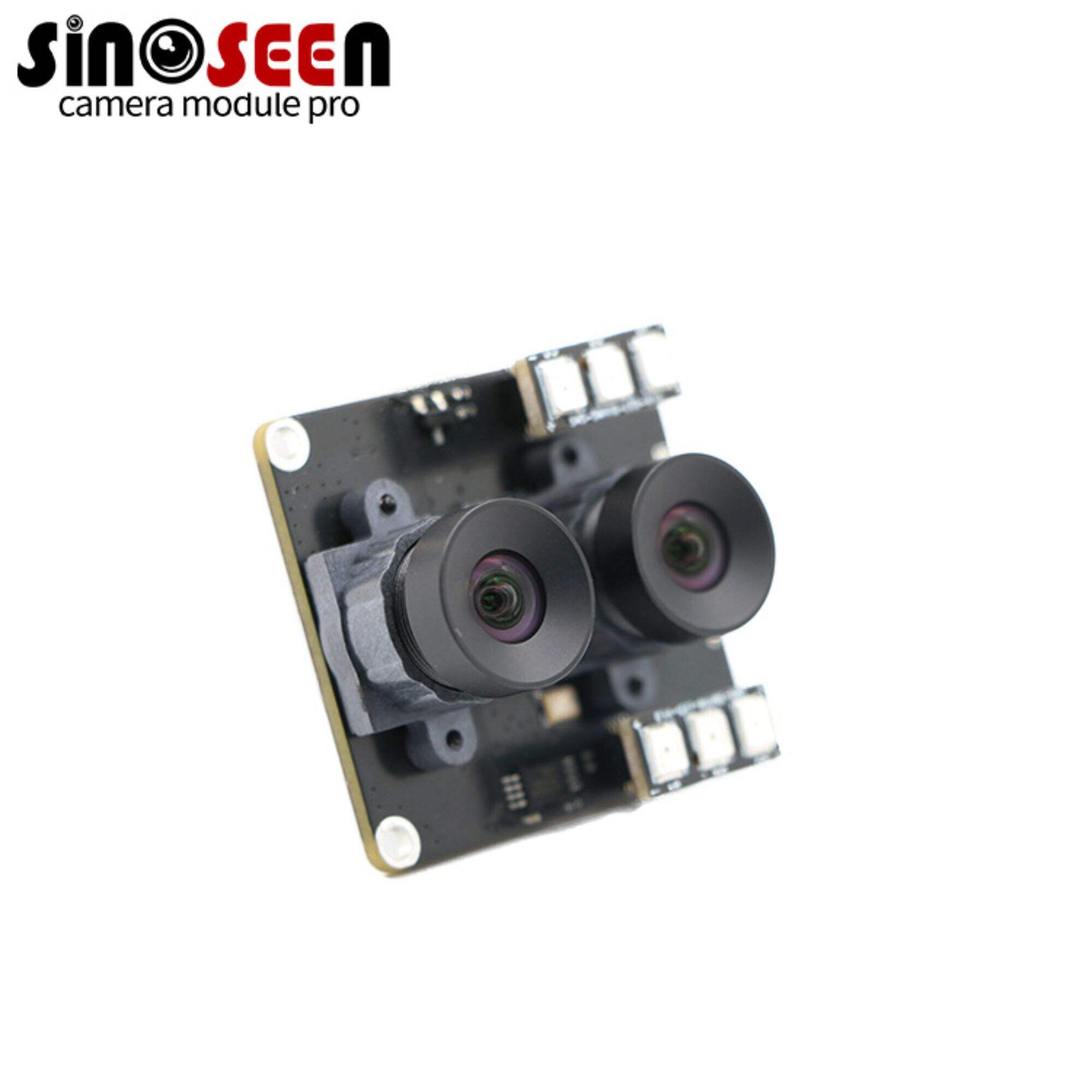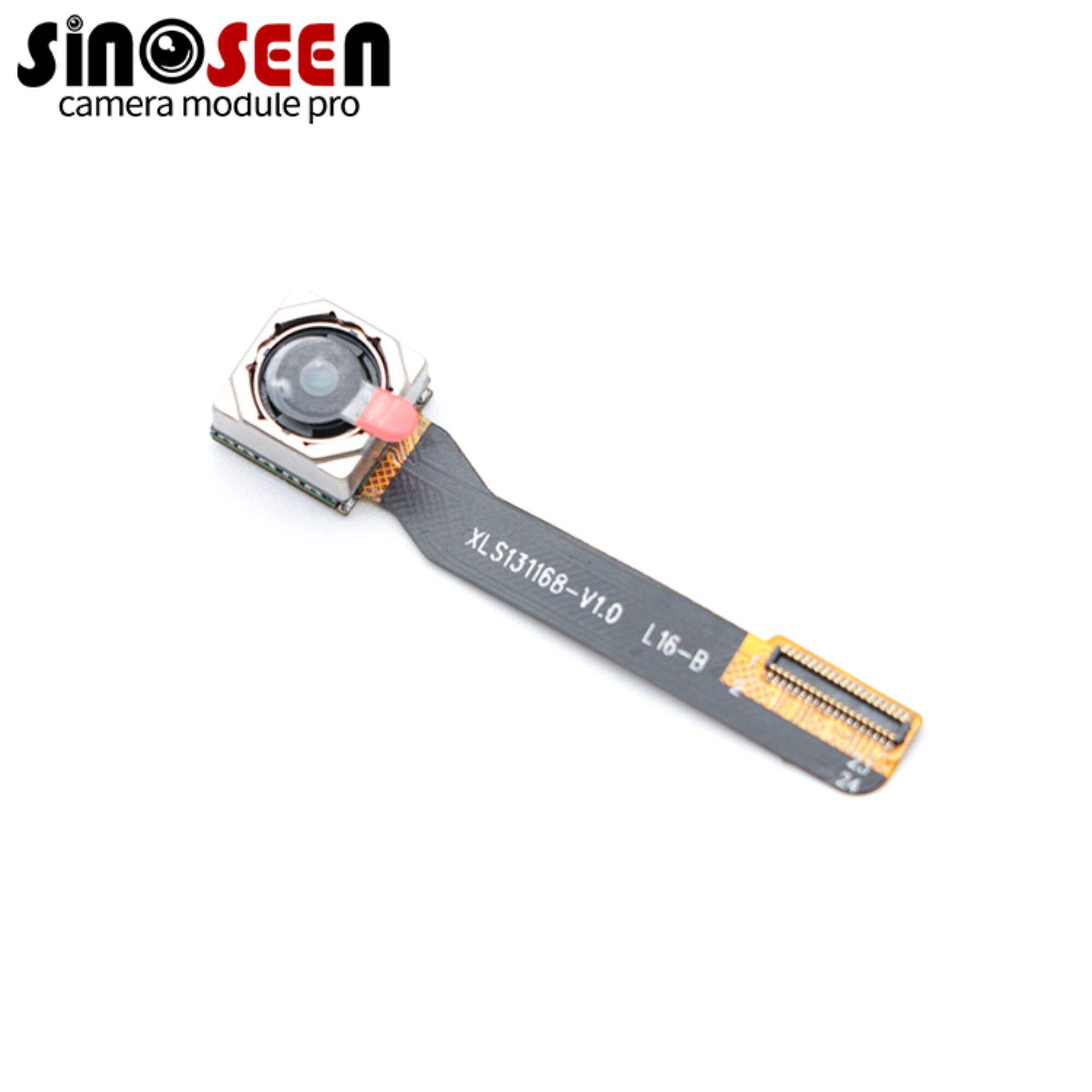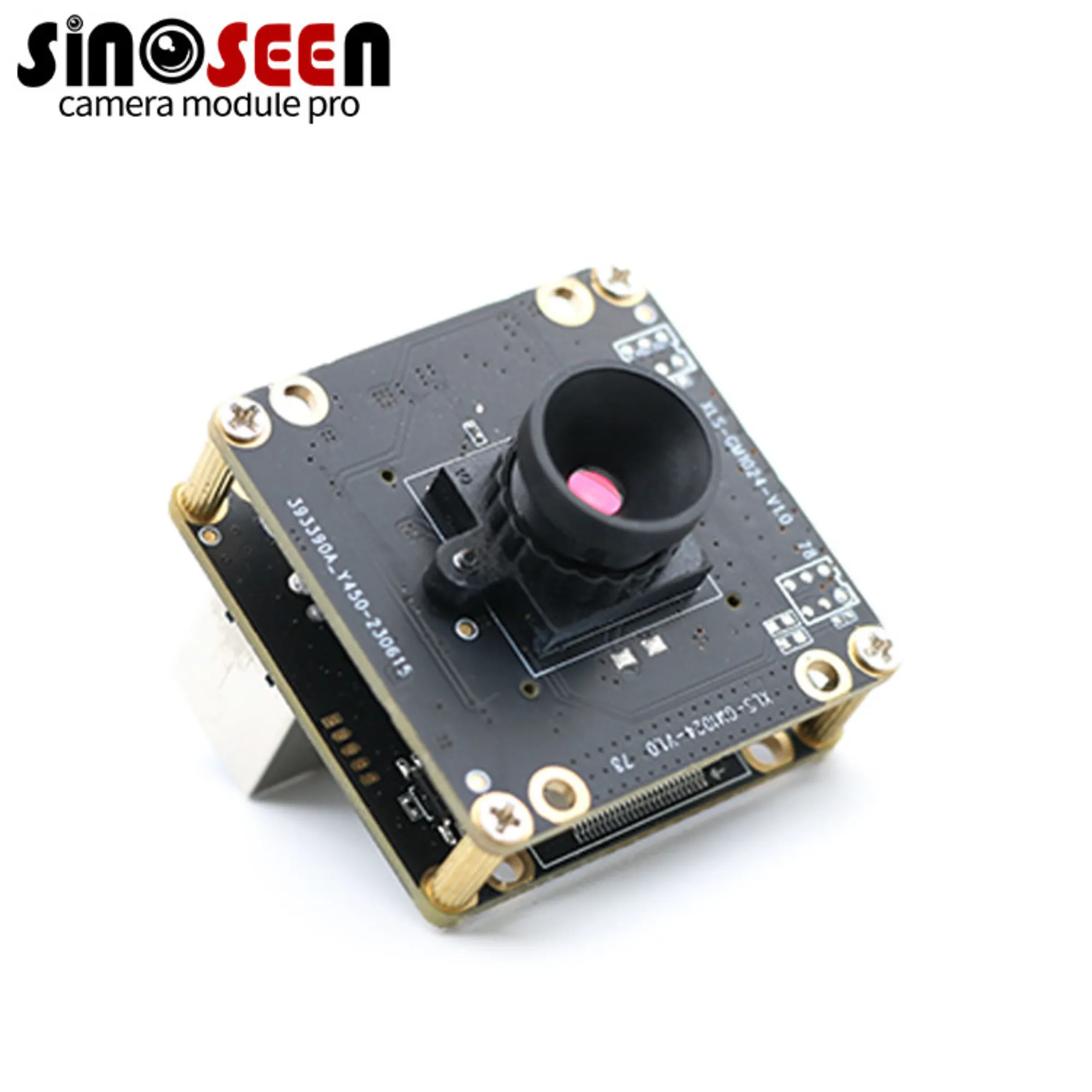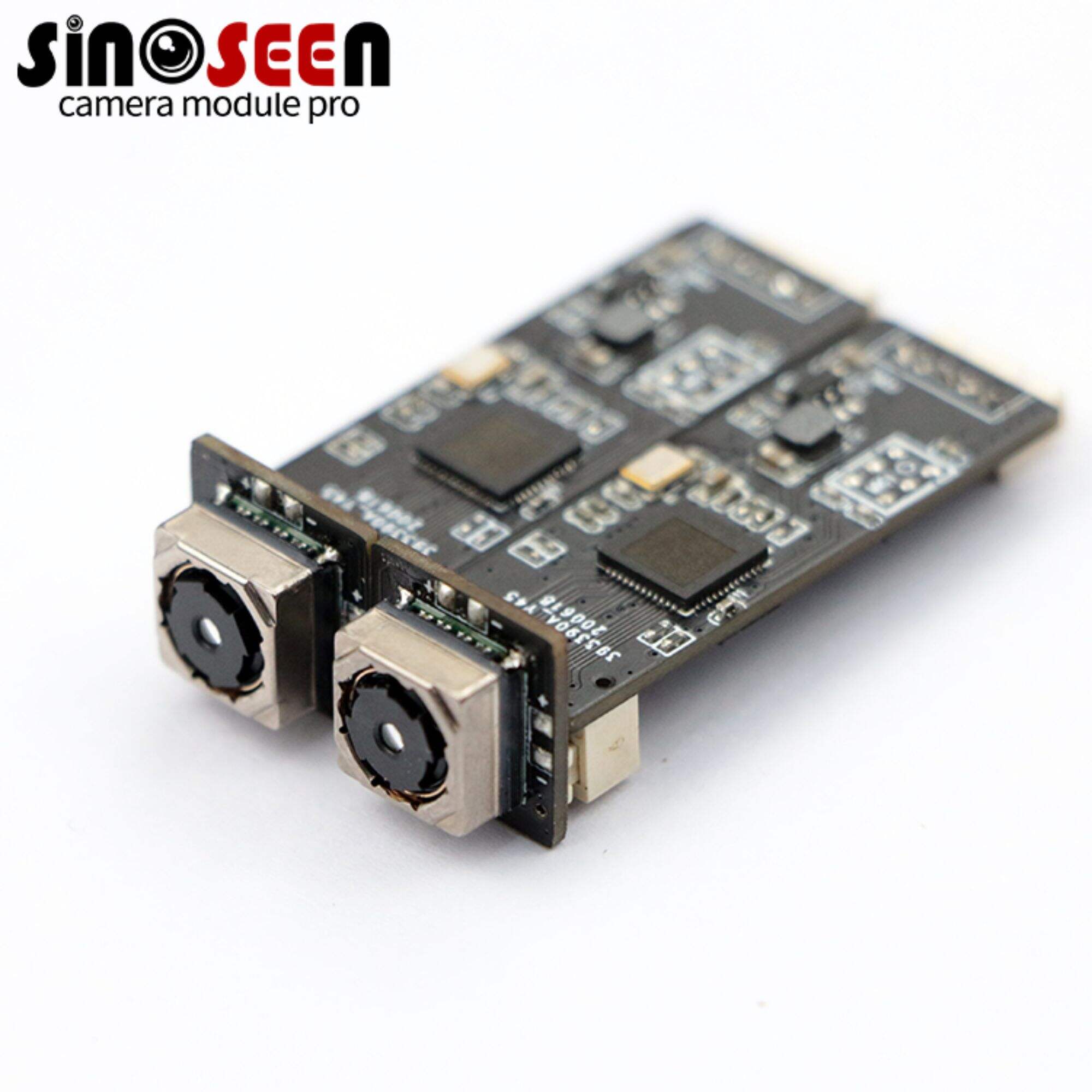Understand the Difference types of ip camera:A quick Guide
As an embedded vision engineer, picking the right camera module is absolutely critical. When it comes to network-based solutions, really understanding the various IP camera types becomes essential. These smart devices offer more than just basic video; they integrate seamlessly into much larger systems. This article will help you navigate the different types of IP cameras, including common camera types CCTV often found in security setups. We'll explore how many types of IP cameras are there and discuss the key factors to determine which IP camera is the best for your specific project needs.
Understanding Different Types of IP Cameras
The world of IP cameras is incredibly vast, with designs tailored for countless applications. Unlike older analog systems, IP cameras are true network devices. They provide crystal-clear digital video, packed with advanced features and offering easy remote access. This makes them perfectly suited for modern embedded vision and comprehensive surveillance solutions.
We generally categorize these devices by their physical form factor, their specialized features, and how they connect. Each unique design aims to tackle specific environmental or operational challenges. Choosing the correct one simply optimizes performance and simplifies integration for your camera module design.

Dome IP Cameras: Discreet and Tough
Dome cameras are easily among the most popular IP camera types out there. They come in a distinctive dome-shaped housing. This design makes them quite discreet; it's genuinely hard to tell exactly where the lens is pointing. Plus, many are specifically built to be highly resistant to vandalism or tampering.
Their robust casing offers excellent protection against impacts and attempts to interfere with them. Many models also include built-in IR (infrared) for reliable night vision. You'll find them widely deployed in retail stores, offices, and public spaces for both security and general monitoring.
Bullet IP Cameras: Visible and Focused
Bullet cameras are instantly recognizable due to their cylindrical, "bullet" like shape. They're typically very visible, which often acts as a strong deterrent for potential intruders. They're another extremely common entry among camera types CCTV systems.
Their specific design allows for clear, highly directional aiming. Most are designed to be weather-resistant, making them outstanding choices as outdoor cameras. They're ideal for keeping an eye on specific entryways, perimeter fences, or long corridors where focused surveillance is needed.

PTZ IP Cameras: Dynamic Control and Broad Reach
PTZ cameras (Pan-Tilt-Zoom) offer truly dynamic control over your view. Users can remotely move them horizontally (pan), vertically (tilt), and zoom the lens in or out. This incredible flexibility is a major advantage among the different types of IP cameras available.
They provide extensive area coverage from a single vantage point. This often means you need fewer fixed cameras overall. You'll commonly spot them in large open spaces, expansive parking lots, or critical infrastructure for active, real-time monitoring. While their initial cost might be higher, their versatility often makes them a smart investment.

Fisheye IP Cameras: 360-Degree Views
Fisheye cameras use a very special ultra-wide-angle lens. This unique setup allows them to capture a complete 360-degree panoramic view. In fact, just one fisheye camera can effectively cover an entire room or large open area. This sets them apart distinctly within the array of IP camera types.
They are perfect for situations where you need total situational awareness, like in big lobbies or expansive retail floors. While they offer incredibly broad coverage, a potential "pain point" can be image distortion at the very edges. However, clever software can often "de-warp" these images for much clearer viewing.

Thermal IP Cameras: Seeing in Absolute Darkness
Thermal cameras operate differently; they detect heat signatures, not visible light. They create images based purely on temperature differences. This incredible capability allows them to "see" in complete darkness, through dense smoke, or even thick fog. They are undoubtedly a highly specialized category among IP camera types.
They are absolutely vital for critical security operations, industrial process monitoring, and early fire detection. Their primary selling point is their unparalleled performance in conditions where traditional cameras simply fail. However, they do typically come at a higher cost and generally don't provide the detail needed for tasks like facial recognition.

Specialized Camera Types CCTV and More
Beyond the main form factors, IP camera types encompass many highly specialized options. These are often tailored to meet very specific CCTV or embedded vision requirements.
-
Box Cameras: These are traditional, modular units. They give you the flexibility to use interchangeable lenses, which is a huge plus. Keep in mind they usually need separate, protective housings for outdoor use.
-
Covert/Mini Cameras: As the name suggests, these are designed for discrete surveillance. They are tiny and often cleverly hidden.
-
Wireless IP Cameras: These connect via Wi-Fi, which simplifies installation considerably. They offer great flexibility in placement but absolutely rely on a stable wireless network and a reliable power source.
-
PoE (Power over Ethernet) Cameras: These ingenious cameras receive both power and data over a single Ethernet cable. This drastically simplifies wiring and installation, which is a big advantage for engineers looking for efficiency.
-
AI/Analytics Cameras: These cutting-edge devices feature built-in processors for advanced video analytics. They can perform sophisticated tasks like object detection, facial recognition, or even identify abnormal behavior. These are becoming increasingly common in advanced embedded vision solutions, driving the smart camera market.
-
The global video analytics market, which directly benefits from these intelligent camera types, is projected to grow significantly. It's expected to expand from USD 8.7 billion in 2023 to USD 32.1 billion by 2028, at a Compound Annual Growth Rate (CAGR) of 29.7% (Source: MarketsandMarkets, "Video Analytics Market - Global Forecast to 2028", published February 2024). This substantial growth truly highlights the escalating demand for smart, AI-powered IP cameras.
-
How Many Types of IP Cameras Are There? A Full Spectrum of Solutions
It's tough to put an exact "number" on IP camera types because the market is always evolving. However, they generally fall into key categories based on their design, features, and intended use. We've covered the core ones: dome, bullet, PTZ, fisheye, and thermal. Then there are numerous specialized variations like box, covert, wireless, PoE, and the increasingly popular AI cameras.
This incredibly diverse spectrum means engineers have a wealth of options at their fingertips. The critical thing is to precisely match the camera's specific capabilities with your project's unique requirements. No single IP camera type will fit every application perfectly; it's about making the smart choice for your needs.
Which IP Camera Is the Best? Picking the Right Tool for the Job
Deciding which IP camera is the best isn't about finding a universally superior model. Instead, it's all about precisely matching the IP camera type to your project's specific needs and the environment it will operate in. For your embedded vision application, consider these vital factors:
-
Environment: Will the camera be indoors or exposed to the elements outdoors? Does it need to withstand harsh weather, dust, or potential vandalism? (For instance, a robust bullet camera is great for outdoor use, while a tough dome camera suits public indoor areas well).
-
Coverage Area: Do you need a vast panoramic view (e.g., a fisheye camera), dynamic tracking of movement (e.g., a PTZ camera), or highly focused surveillance of a single point (e.g., a fixed bullet camera)?
-
Lighting Conditions: Will the camera operate effectively in very low light or even total darkness? (This is where IR-enabled cameras and thermal cameras truly shine).
-
Discretion vs. Deterrence: Do you want the camera to be as unnoticeable as possible (covert camera, discreet dome camera) or serve as a clear, visible deterrent to potential issues (bullet camera)?
-
Connectivity & Power: Is a simple wired connection (like PoE for ease of installation) or the flexibility of a wireless setup preferred for your design?
-
Intelligence Needs: Do you require the camera to have built-in video analytics, advanced AI capabilities, or seamless integration with an NVR for complex functions?
-
The global IP camera market itself is projected to reach an impressive USD 34.6 billion by 2030, showing a strong Compound Annual Growth Rate (CAGR) of 13.9% from 2023. This significant growth truly highlights the increasing sophistication and widespread demand across all IP camera types (Source: Grand View Research, "IP Camera Market Size, Share & Trends Analysis Report", published January 2023).
-
For example, a PoE bullet camera might be your best bet for robust, wired outdoor perimeter surveillance. Conversely, a discreet dome camera equipped with advanced AI analytics could be ideal for an indoor retail space where understanding customer behavior is key.
Conclusion: Tailoring IP Camera Selection for Optimal Embedded Vision
Navigating the multitude of IP camera types is indeed a crucial task for any dedicated embedded vision engineer. From compact dome cameras and rugged bullet cameras to versatile PTZ cameras and highly specialized thermal cameras, each option brings distinct advantages for specific operational scenarios. Gaining a solid understanding of the different types of IP cameras, including those commonly found in CCTV systems, empowers you to make truly informed decisions.
Remember, there's no universally "best" camera. The ideal choice absolutely depends on a thorough and precise analysis of your application's environment, its coverage requirements, typical lighting conditions, and any need for integrated intelligence. By meticulously matching the right IP camera type to your project, you'll guarantee optimal performance, unwavering reliability, and ultimately, resounding success in your embedded vision deployments.
Ready to choose the perfect IP camera for your next groundbreaking embedded vision project? Don't hesitate to contact our industry experts today! We offer tailored advice and access to cutting-edge camera module solutions specifically designed to meet your unique needs and challenges.

 EN
EN
 AR
AR
 DA
DA
 NL
NL
 FI
FI
 FR
FR
 DE
DE
 EL
EL
 HI
HI
 IT
IT
 JA
JA
 KO
KO
 NO
NO
 PL
PL
 PT
PT
 RO
RO
 RU
RU
 ES
ES
 SV
SV
 TL
TL
 IW
IW
 ID
ID
 SR
SR
 VI
VI
 HU
HU
 TH
TH
 TR
TR
 FA
FA
 MS
MS
 IS
IS
 AZ
AZ
 UR
UR
 BN
BN
 HA
HA
 LO
LO
 MR
MR
 MN
MN
 PA
PA
 MY
MY
 SD
SD

